9 /10 1 Votes
9/10 Steam Mode(s) Single player | 4.7/5 GOG 8.6/10 GameSpot Initial release date 1997 Series X-COM | |||||||||||||||||||||||||||||||||
 | ||||||||||||||||||||||||||||||||||
Distributor(s) MicroProseHasbro Interactive2K Games Programmer(s) Nick GollopDave BostockThaddaeus Frogley Composer(s) John BroomhallRichard Wells Similar X‑COM: Terror from the Deep, UFO: Enemy Unknown, X‑COM: Interceptor, X‑COM: Enforcer, XCOM: Enemy Unknown | ||||||||||||||||||||||||||||||||||
Overly ambitious x com apocalypse lewis ben save the world 25th january 2017
X-COM: Apocalypse is the third game in the X-COM video game series. It was developed by Mythos Games (the creators of the original X-COM game), and published by MicroProse in 1997 for DOS and Microsoft Windows.
Contents
- Overly ambitious x com apocalypse lewis ben save the world 25th january 2017
- Let s play x com apocalypse part 1
- Gameplay
- Mega Primus
- Plot
- Development
- Release
- Reception
- References
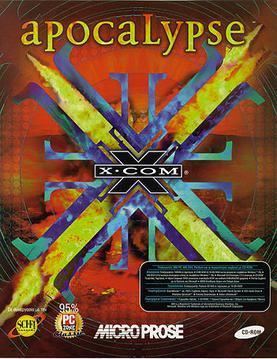
Let s play x com apocalypse part 1
Gameplay
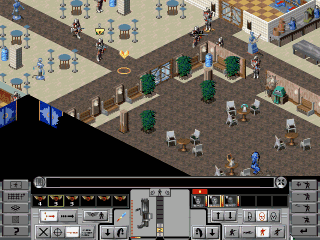
Similar to the first two X-COM games, Apocalypse features a map-like management mode (the Cityscape) and an isometric combat mode (the Battlescape). The management mode takes place in a single city, called Mega Primus, rather than being spread out over the entire planet Earth as in the previous games. In addition, Apocalypse was the first game in the X-COM series to include a real-time combat option as well as the traditional turn-based mode.
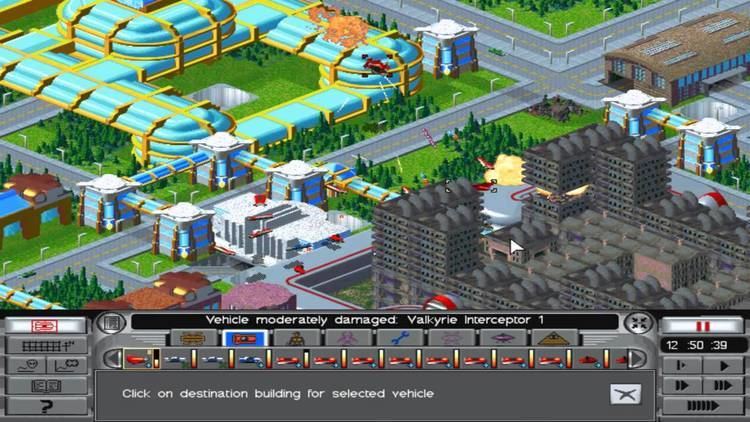
Apocalypse features a re-done interface with new graphics. It is more complex, and the task of keeping and increasing the funding of the X-COM organization now extends to not only intercepting UFOs, but also to minimizing collateral damage, preventing alien hostile takeovers and even raiding the buildings of other organisations, of which there are several in Mega Primus. A new feature is the choice of playing the tactical missions in either the familiar turn-based mode or real-time. In the turn-based mode, the aliens and humans switch turns to perform actions while in real-time, everything happens simultaneously, though the game can be paused at any time to issue orders to agents.
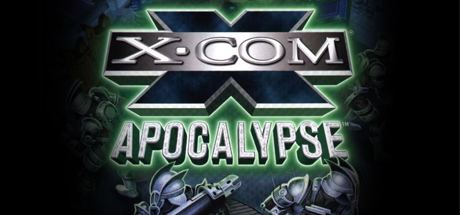
X-COM: Apocalypse claims to have a self-learning AI-module. The game does feature self-adjusting difficulty, where player performances influences the Alien zeal to expand and infest. Sluggish X-COM responses, total failures, and a bad weekly rating slow the alien build-up of weapons and creatures (but not ships) on their homeworld. This gives the player the chance to amend their failures and rethink their strategy. For example, a high rating in first five days can make the Aliens attack your HQ head-on with a large heavily armed mob often. Conversely, a low rating in the first five days can make the aliens only incur twice a week, with a very small force. This also affects the equipment quality of the aliens, so if a very high score is acquired quickly (for example by using a bug that allows the player to raid allied organisations without hostile response), the very first batch of aliens might be found with personal shields and disruptor cannons (which normally would appear only much later in the game).
Mega-Primus
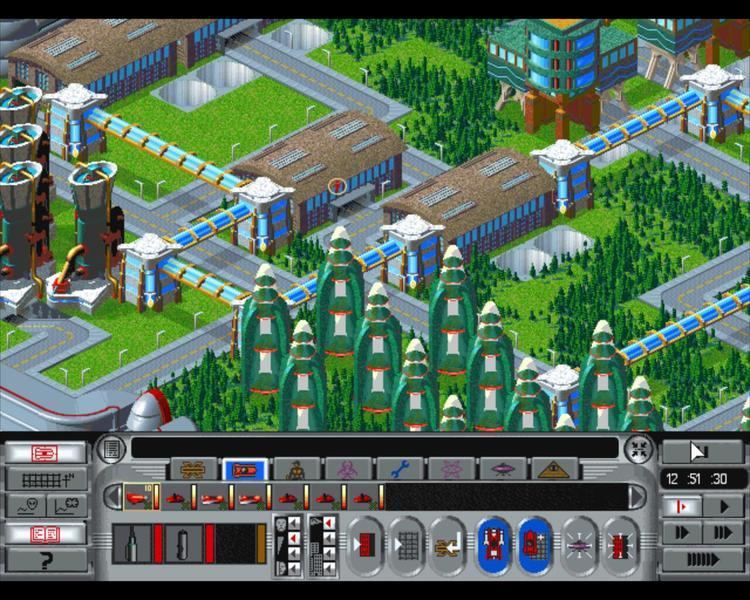
The city is run by 13 elected senators. Large corporations maintain the environmental, social and economic structure of the city, while the populace live in relative comfort. Mega-Primus has its own marginalized minorities, consisting of Sectoid-human hybrids and androids, both by-products of the previous wars. These minorities have set up their own political pressure groups. When the aliens invade, the city government reestablishes X-COM. This time there is no absolute support by world/city governments. Mega-Primus has its own governing body who supply nearly all of X-COM's income. X-COM would have to support its income through the sale of alien artifacts captured from missions, and items manufactured in their own workshops.
X-COM must maintain a good rapport with other organizations in the city. If X-COM angers any of them, or fails to contain the alien incursion, organizations will demand compensation or even actively attack X-COM forces. They will also withdraw their support (if any) for the X-COM project. For example, the Transtellar organization would prevent Agents and science personnel from travelling around the city. The corporations and political organizations will make profits, perform research, manufacture items, and even fight covert battles with one another independently of the player. For example, if Megapol, the city police, are making lots of money, they will be able to maintain a strong presence in the city, attacking alien ships and other hostile aircraft. The more damage to the city, and the greater Megapol's financial trouble, the less they will be able to respond to enemy attacks across the city. One of these organizations, the Cult of Sirius, is a group of religious fanatics who worship the aliens, and is inherently hostile to X-COM. The aliens, rather than simply signing non-aggression treaties with the various corporations, will attempt to infest their CEOs and take control of the organizations themselves.
If the Government becomes hostile towards X-COM for any reason, such as alien interference or excessive damage to Government property and personnel, then the X-COM project will receive no further funding. This is a potential disaster for the player, and can lead to X-COM scrounging out a miserable existence, stealing from other organisations in order to survive. However, with perfect management, X-COM can outpower the entire City's military, while being richer than even Food Monopoly Company Nutrivend, then destroy the whole city and get away with it, given the game's superb flexibility. Having friendly relations with both minorities (the android organisation S.E.L.F and the hybrid Mutant Alliance) can result in superbly talented recruits of these races becoming available in following weeks.
Originally, the game was going to be much larger and be even more in-depth, with political intrigue helping to bring the city of Mega-Primus to life. An unimplemented weapon called the Tracker Gun could be fired at an unsuspecting enemy, attaching some kind of tracer onto his clothes. The person could then be trailed around the city by one or more X-COM agents. All of this political intrigue was cut down to the bare bones due to the following constraints.
Plot
Half a century after the end of the second X-COM campaign, the last battle of T'leth has severely damaged Earth's biosphere. As a result, several self-contained Megalopolis-type cities were proposed to provide habitation for humanity. The game follows Mega-Primus, the first of these cities, built over the ruins of Toronto, Canada. Meanwhile, the off-world colony of Mars is exploited by the Elerium mining corporation, Solmine, and oppressed by MarSec (MARs SECurity).
The alien threat in the game is presented by a new race of organic, extradimensional aliens that initially seem to have no relation to the aliens of the previous two games, though later missions set in the aliens' home dimension reveal they have enslaved Sectoid survivors. These new aliens attack the city through tetrahedron-shaped teleport gates. The player must find out how to send their own aircraft, along with X-COM agents, through these gates without being destroyed and take the war to the aliens. Apocalypse has 14 races of alien beings including Anthropods, Brainsuckers, Hyperworms, Megaspawns, and Micronoids. Each race has various strengths and weaknesses, and some races are dependent on other races. The "alien life cycle" plays a crucial role in the game.
The player is exposed to this "alien life cycle" through research and more importantly the lower level alien attacks during specimen gathering combat. Primarily the attack of the weaponized alien the Brain-Sucker which attacks individuals after landing from a pod launcher utilized by alien foot soldiers. The Brain-Sucker hatches and attacks the nearest individual by jumping on their head and seemingly injecting something into them through the mouth and dying immediately after the attempt.
The life cycle later takes a mysterious turn as it shows no connection between the lower alien forms and higher alien forms. Eventually, however, it is found the leaders of the invasion are the Micronoids, a race of sapient single-celled organisms that live in the bloodstreams of the other aliens; the ultimate goal of the invasion is to inject Micronoids into the bloodstreams of important figures, allowing them to control Mega-Primus through psionic domination of their hosts. The player is eventually tasked with invading the aliens' homeworld and destroying their side of the gate as the only way to stop the Micronoid infestation.
Development
During the creation of Apocalypse, Mythos Games created the game but MicroProse wanted to create the graphics. Julian Gollop called the relationship "disastrous", and said of the game "It was a disaster area. Apocalypse was quite a sophisticated and ambitious game, but it was a big mistake from our point of view. In retrospect, we should have originally agreed to do a sequel in six months, and spent a year doing it, like they did! It would've been a lot better." Gollop recollected:
"After completing this game I know how Francis Coppola felt after filming Apocalypse Now. Just about everything that could go wrong did go wrong, and the amount of effort required to pull it into shape was immense. After three years of hard work and five different producers X-Com: Apocalypse finally hit the streets. The initial game design was definitely too ambitious and too complex. The aim was to recreate in some detail the events, organisations and personalities within a futuristic megalopolis. Each corporation had a leader who could be tailed, arrested, interrogated or assassinated. Organisations could buy and sell buildings as their financial fortunes changed. X-Com agents could spy on other organisations to gain valuable information. A sophisticated diplomacy display allowed the player to instigate aggressive or defensive alliances with other organisations. There were multiple alien dimensions, generated pseudo-randomly, and the aliens gradually expanded their empire as the game progressed. The game also featured a scenario generator and multiplayer options using a hotseat turn based system or a real time LAN option. Most of these features were implemented to some degree, but were finally stripped out due to the horrendous amount of work involved in QA and debugging."
"On XCOM: Apocalypse the team size for that actually was 5 of us at Mythos Games working on it and there was a team of artists at MicroProse working on it as well. Again, it’s a similar arrangement to the first game where we were doing the programming and MicroProse were doing the artwork. But it was a disastrous project, even from the beginning, because one thing that happened is that the MicroProse art team were trying to change the design of the game. Then they were failing to actually deliver anything that they promised. They just couldn’t get the isometric graphic system sorted out in their heads. They did things which just didn’t work, like they hired a guy whose name I forget to design the aliens, and this is a well known science fiction artist and he built these big models of the aliens and the idea was that they were going to scan them and put them into a 3D modelling software. It just didn’t work. He had all this fine detail in these models and this scanning system just wasn’t good enough. Then they had to recreate them basically in a 3D software they were using at the time. Yeah, they were awful, blobby things. They were nasty. Terrible graphics. It was very difficult."
Artist Terry Greer recalled: "My main memory of Apocalypse was the pain we all went through. It was a hugely ambitious project and used a mix of rendered and hand drawn artwork from a variety of graphic styles (which didn't always work - although all the individual bits were great). Probably the worst fit was Tim White (an established SF artist) who had been commissioned to do the character designs. I like Tim's work, but his models were intensely detailed and quite unsuitable for reducing to the scale needed for an isometric game of this type. The creatures he designed looked great full screen, but reduced to the size they would be ingame they were often unrecognizable blobs. I don't know the reasons behind the decision to hire him, only that the problems were apparent to everyone in the art department, and I would have loved to have seen them ditched."
Release
X-COM: Apocalypse was originally released on June 30, 1997. It was re-released as part of the compilations X-COM Collection by Hasbro Interactive in 1999, and X-COM: Complete Pack in 2008 and 2K Huge Games Pack in 2009 by 2K Games. On September 5, 2008, the X-COM series, including X-COM Apocalypse, became available for sale on Valve's Steam platform; the game runs in a specially configured version of DOSBox.
Reception
Despite the troubled development, Apocalypse was well received. It has an aggregated GameRankings score of 87% from three reviews. GameSpot included it on their 2000 list of the most disappointing endings, criticizing the game for its "colorful, almost humorous tone," but added that otherwise the designers "did a great job."
